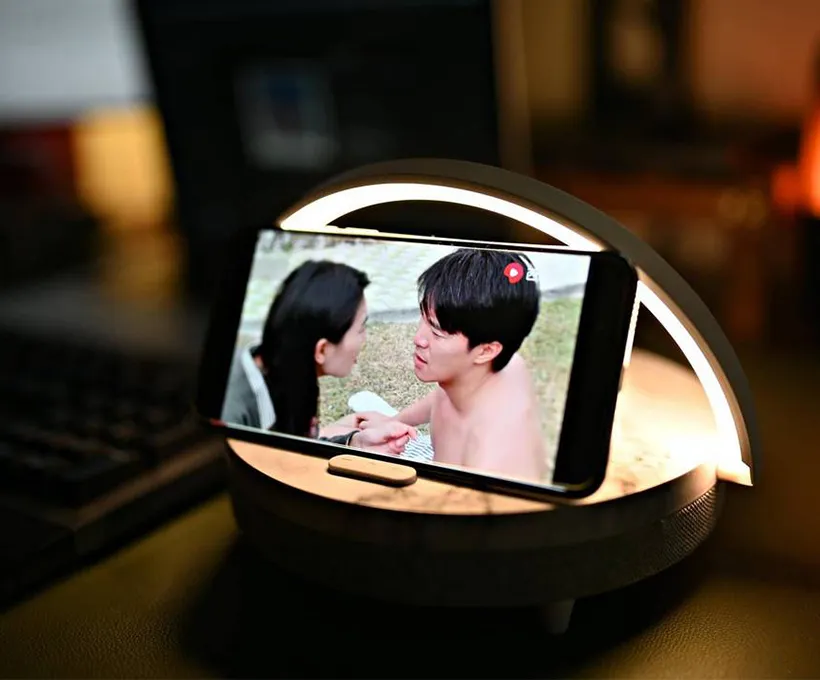Address
304 North Cardinal
St. Dorchester Center, MA 02124
Work Hours
Monday to Friday: 7AM - 7PM
Weekend: 10AM - 5PM
Address
304 North Cardinal
St. Dorchester Center, MA 02124
Work Hours
Monday to Friday: 7AM - 7PM
Weekend: 10AM - 5PM

The wireless charging industry has been rapidly growing in recent years, as more and more consumers look for convenient and hassle-free ways to charge their devices. With the rise of wireless technology, the demand for wireless charging devices has increased significantly, and the industry is expected to continue to expand in the coming years.
Wireless charging technology uses electromagnetic fields to transfer energy between two objects. The process involves a power source, such as a charging pad or mat, and a receiver, such as a smartphone or a smartwatch. When the receiver is placed on the charging pad, the electromagnetic field created by the power source is converted into electrical energy, which is used to charge the device.
One of the main advantages of wireless charging is convenience. Unlike traditional wired chargers, users do not need to fumble with cords or plugs. They simply place their device on the charging pad, and the device begins charging automatically. This feature has made wireless charging popular in public places like airports, coffee shops, and restaurants, where users can quickly charge their devices without the need for cables.
Another advantage of wireless charging is safety. Unlike wired chargers, which can cause electrical shocks or short circuits if they are not handled properly, wireless chargers are designed to be safe and easy to use. This has made them popular among consumers who value safety and convenience.
The wireless charging industry is expected to grow significantly in the coming years. According to a report by Grand View Research, the global wireless charging market is expected to reach USD 22.25 billion by 2026, growing at a CAGR of 26.4% from 2020 to 2026. This growth is driven by several factors, including the increasing adoption of wireless technology, the growing demand for electric vehicles, and the rise of smart homes and smart cities.
In addition to smartphones and smartwatches, wireless charging is also becoming popular in other industries. For example, some automakers are now offering wireless charging for electric vehicles, while other industries, such as healthcare and industrial automation, are also adopting the technology.
However, there are still some challenges that the wireless charging industry must overcome. For example, different devices may require different charging standards, which can make it difficult for users to find compatible charging pads. There is also a need for faster charging speeds and longer charging distances, which could further increase the adoption of wireless charging.
In conclusion, the wireless charging industry is poised for significant growth in the coming years. With its convenience and safety, wireless charging is becoming increasingly popular among consumers and businesses alike. As the technology continues to improve and become more widely adopted, the wireless charging industry is expected to become an integral part of our daily lives.